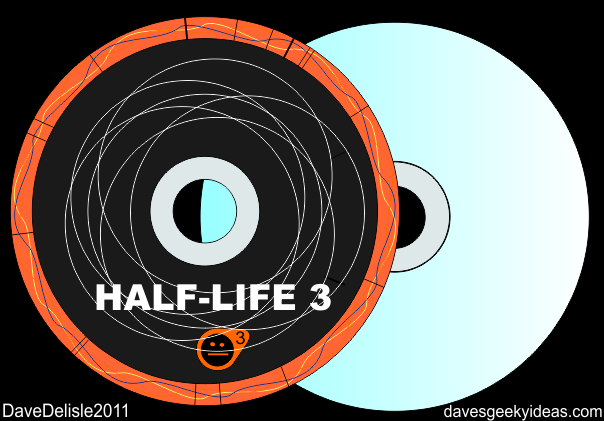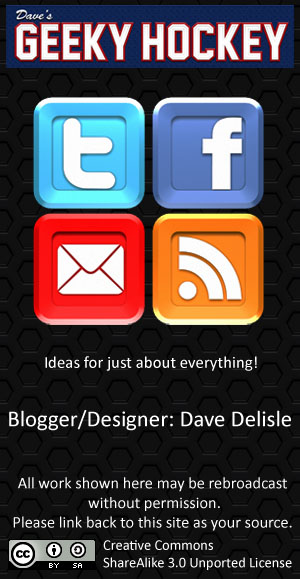Video Game Anti-Piracy Ideas Part 1: The Double-Scanned Disc

This was going to be a lengthy post featuring a list of Anti-Piracy ideas, but instead I have decided to focus on a few of them individually, as they require a lot of in-depth explanation.
This is an idea I’ve had for a long long time, but completely forgot about until I recently uncovered my U2 Achtung Baby CD. For those who are not familiar with the album, the disc featured a colorful and ornate graffiti design, which was rather groundbreaking way back in 1991. Prior to that disc art was black text on a mirror surface - really unspectacular.
That U2 disc inspired an idea where I envisioned the label side of the disc being home to a complex barcode pattern, which would be scanned by a second laser or light scanner stationed above the disc. Now the disc would be read on both sides to activate its usage. To access the data, a confirmation check on the label would be executed.
I can’t fully express the technicality or algorithms involved for such a barcode, but it would be pretty complex. Here is what I would like the disc to feature:
1. The label side is perfectly aligned with the data side. Sure you could reproduce the art on the label side and get it printed on a disc, but to align it with a burned disc? Would be difficult to achieve, as the data side has no visible landmarks.
2. The label side would feature useless “dummy” information, making it difficult for the pirate to determine what the scanner is looking for.
3. The barcode on the label side would be fused with the game title and art, allowing it to be somewhat camouflaged to the naked eye.
4. Each release would have a unique barcode label. This means Call of Duty would have it’s own designer imprint, as would Assassin’s Creed and Mario and the rest. What this means: instead of pirates defeating the platform (the console or handheld itself), they’d have to defeat each disc release.
5. Essential code for the game would be buried within the label. It could be a simple equation (1+1=3 = FALSE), but essential to the continued operation of the disc. There would be dozens (hundreds?) of lines of simple code. This makes the label not just a security measure, but an integral part of the game’s architecture. A super-genius would have to analyze all the code on the data and label side to construct a working game that can function from a burned disc in a modded console. And with lots of vague code on the label side, that could easily turn into a an eternal guessing game.
6. It doesn’t have to be a printed label with a complex pattern. A large portion of the label side could be exactly like the data side. Other readable entities, like hologram stickers, metallic/glossy inks, or glow-in-the-dark ink can be used to create a label that would be difficult to reproduce.
Seeing as how most CD players/drives are dirt-cheap these days, adding a second laser or light scanner to a drive would be inexpensive. It’s too late to retrofit Blu-Rays and CDs, but for the next-gen of consoles (Wii U, PS4, Xbox 720), this could be a viable option.
Cons: People would have to be careful with both sides of the disc. It would be costlier to produce. These would warrant more extensive checks in production to ensure entire batches operate without issue.
Pros: Not 100% piracy-proof (I tried my best), but with a system specific to each disc release, this would ensure a longer time frame for games to be available on the market unabated by piracy. Keeps physical media alive for a little longer!
Note: I don’t believe this is cost prohibitive. I’ll wager the equivalent of a second DVD-R drive is added to the console ($20 in parts max), and the mastering of discs could double in cost from $2 to $4 each. But compare that to what is lost to piracy, and it is nothing. Developing this tech would be expensive. In light of everyone migrating to digital, this solution (or anything similar to it) is too late. I’m still a bit surprised the next-gen consoles are using discs.
Posted on December 7, 2011, in Electronics, Video Games and tagged Design, Electronics, Entertainment, Piracy, Video Games. Bookmark the permalink. 1 Comment.

Pingback: Video Game Anti-Piracy Ideas Part 2: The Self-Serve Kiosk « Dave's Geeky Ideas